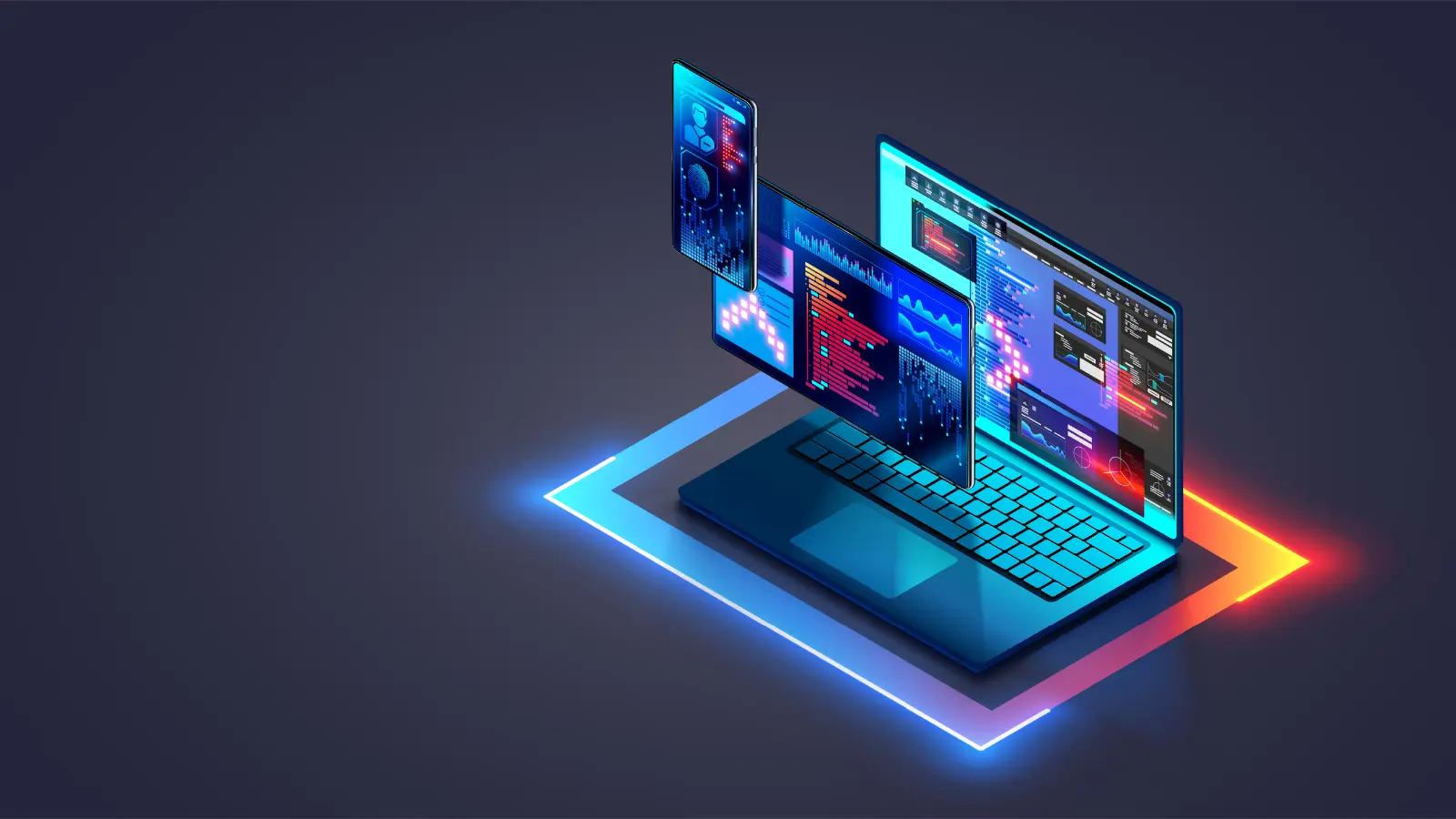Have you ever thought of a fantastic project, started building it and then discovered that…you could not fulfil it, as there is not enough time, you lack the proper technology, or you don’t have the needed expert in your team? All of these are called resource constraints. In this article, we explain their impact in more detail and show you how to navigate around them. We invite you to read on!
Table of Contents
- What Are Resource Constraints?
- The Meaning of Planning Against Resource Constraints in Project Management
- How to Optimise and Work Around Resource Constraints When They Occur
- The Takeaway
What Are Resource Constraints?
Resource constraints mean limitations or shortages that impact a given project—whether a new process, application or physical product. They may involve the lack of resources such as:
- materials,
- technology,
- manpower,
- time,
- budget,
- equipment.
Such resource constraints might affect your project, but it does not mean that they will be the end of it. Depending on the size of those constraints, you might find creative ways to work around them and put your ideas to life.
The Meaning of Planning Against Resource Constraints in Project Management
One of the biggest challenges regarding resource constraints is that it might create friction between you, the project manager, and the client. After all, the latter expects a certain outcome, which might simply be impossible to achieve with given resources. Therefore, proper planning is one of the most crucial elements of project management.
If you offer web & mobile development services, you need to consider closely what will be needed to complete the project beforehand. Estimate the time required to create an app, think about the technology you will be working with (and whether you have sufficient experts for that), and also the environment in which the technology will be implemented—for instance, your client’s tech stack.
This way, you can cross out ideas that would inevitably lead to major resource constraints that would block the project completely. It will also allow you to think about ways to overcome resource limitations. As a result, you’ll be able to agree with the client on a realistic outcome.
How to Optimise and Work Around Resource Constraints When They Occur
Naturally, even the best planning won’t help you avoid all instances of resource constraints affecting your projects. Thus, you need strategies to overcome them. How to do this? Here are our 3 tips.
Optimise Your Resource Usage
Sometimes, resource constraints aren’t the result of a lack of resources but rather their suboptimal allocation.
For example, insufficient manpower might result from your staff spending too much time on tasks that could be automated. Implementing a simple appointment manager can free up hours of time monthly (since your employees don’t have to interact with the clients for the latter to book a meeting. Add to that AI chatbots or document processing tools, and you can introduce a new level of automation that will release a significant chunk of your resources.
The same goes for other resources, so you should start by evaluating your business’s current state, identifying bottlenecks, and fixing them.
Be Open About Resource Constraints with the Client
On the other hand, sometimes it might be best to tell the client about the resource constraints. This way, you will be able to work on a compromise together. After all, even if you plan to work around such constraints, you still need to deliver a satisfactory product, so discussing them might be the best choice.
Moreover, by informing your client about the project’s progress regularly, you’ll avoid last-minute changes, which could generate said resource constraints.
Create a Contingency Plan
Get ready beforehand to handle different types of resource constraints. You should start by listing all the possible ones and finding potential solutions to them. This way, if any of them occur, you’ll know how to act and eliminate them quickly.
For instance, imagine you are working on a high-budget client, but you’ve found yourself without enough human resources to complete the project. Since there is a lot of money on the table but not enough manpower, you could simply… outsource one additional expert. However, this works only in such a specific scenario—you should have separate contingency plans for all your projects.
At Ailleron, we will help you overcome the lack of resources for your digital projects. See our software components for fintech companies and discover how we can help you!
The Takeaway
Optimising your business is the key to managing your resource constraints. Nevertheless, sometimes it might not be enough. Thus, you need to have a plan on how to work around the limitations and create products that will satisfy your clients and final users.
You might also read: What is Business Process Management (BPM)?

 Polski
Polski
 Deutsch
Deutsch






